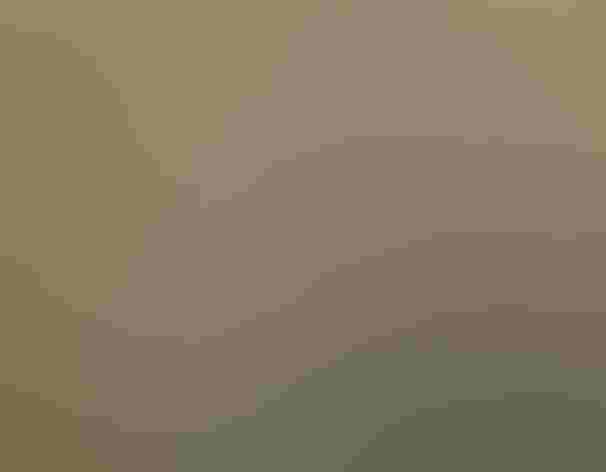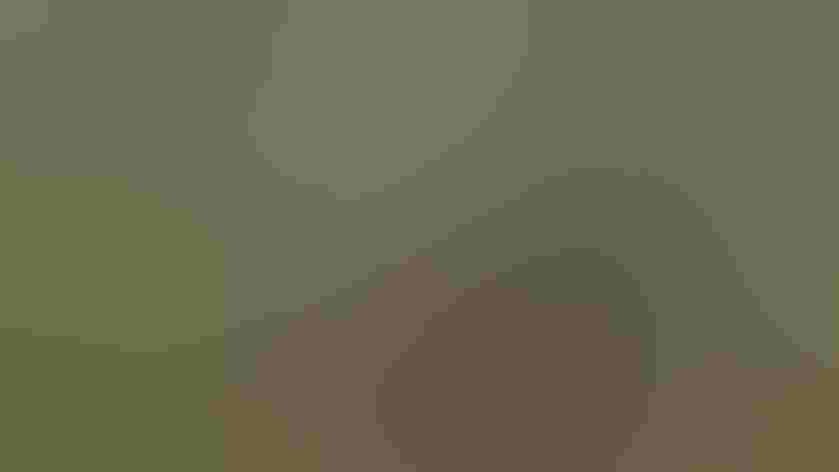Greater Sage-Grouse
At a Glance
Well-named, this very large grouse is found nowhere except in sagebrush country of the west. It nests on the ground among the sage, and the leaves of this plant are its staple diet in winter. The Sage Grouse is best known for the spectacular courtship displays of the males: Large numbers (up to 70 or more) will gather in spring on traditional dancing grounds and strut with their chests puffed out and spiky tails spread, hoping to attract females.
All bird guide text and rangemaps adapted from by Kenn Kaufman© 1996, used by permission of Houghton Mifflin Harcourt Publishing Company. All rights reserved.
Category
Pheasants and Grouse, Upland Ground Birds
IUCN Status
Near Threatened
Habitat
Desert and Arid Habitats, Fields, Meadows, and Grasslands, Shrublands, Savannas, and Thickets
Region
California, Northwest, Plains, Rocky Mountains, Southwest, Western Canada
Behavior
Flushes, Rapid Wingbeats, Running
Population
430.000
Range & Identification
Migration & Range Maps
Mainly a permanent resident, but may perform some local movements, abandoning some high-elevation valleys in winter.
Description
Male, 26-30" (66-76 cm); female, 22-23 (56-58 cm). Male's white breast contrasts with black bib, black belly. Long spiky tail. Female plainer, known by large size, rather long tail, contrasting dark belly patch.
Size
About the size of a Heron, About the size of a Mallard or Herring Gull
Color
Black, Brown, Gray, White, Yellow
Wing Shape
Fingered, Rounded
Tail Shape
Long, Multi-pointed, Pointed, Wedge-shaped
Songs and Calls
When flushed, a chicken-like cackling call. Males make bubbling sound during courtship.
Call Pattern
Flat, Undulating
Call Type
Drum, Hoot, Odd, Whistle
Habitat
Sagebrush plains; also foothills and mountain slopes where sagebrush grows. Found on open plains, high valleys, rocky mesas, mountainsides, but only in vicinity of sagebrush. Prime nesting habitat includes some lower wet areas where young can forage for insects. In very dry country, may fly several miles to a source of water in morning and evening.
Sign up for ÃÛèÖAPP's newsletter to learn more about birds like the Greater Sage-Grouse
Behavior
Eggs
Usually 7-9, sometimes 6-13. Olive-buff, evenly dotted with brown. Incubation is by female only, 25-27 days.
Young
Downy young leave nest shortly after hatching. Young are tended by female, but feed themselves. Able to make short flights at age of 1-2 weeks, but do not reach adult size until much later.
Feeding Behavior
Forages by walking on ground, browsing leaves and other plant parts, or picking up items from ground.
Diet
Mostly sage leaves and buds, also insects. Diet in fall and winter may be almost entirely the leaves and fresh shoots of sagebrush. At other seasons, also eats leaves, flowers, and buds of a wide variety of plants; also some insects in summer (young eat many insects at first). Unlike most grouse, digestive system is not adapted for digesting hard seeds.
Nesting
Traditional display grounds may be used for years. In courtship display, male puffs out white chest, inflates two yellow air sacs, raises and spreads tail, droops wings; head is thrown back on shoulders as air sacs are deflated with loud popping sound. Females visit display ground to mate with one of the males. Oldest and most experienced males compete for positions at center of display ground, and these males are usually chosen by females. Nest site is on ground, under sagebrush or clump of grass. Nest (built by female) is shallow depression, sparsely lined with plant material.
Conservation
Conservation Status
Has disappeared from much of former range. Loss of habitat (through clearing for farmland and overgrazing) is one major cause. Threatened by energy development and the effects of invasive plants in much of its remaining range.
Climate Threats Facing the Greater Sage-Grouse
Choose a temperature scenario below to see which threats will affect this species as warming increases. The same ÃÛèÖAPP change-driven threats that put birds at risk will affect other wildlife and people, too.








